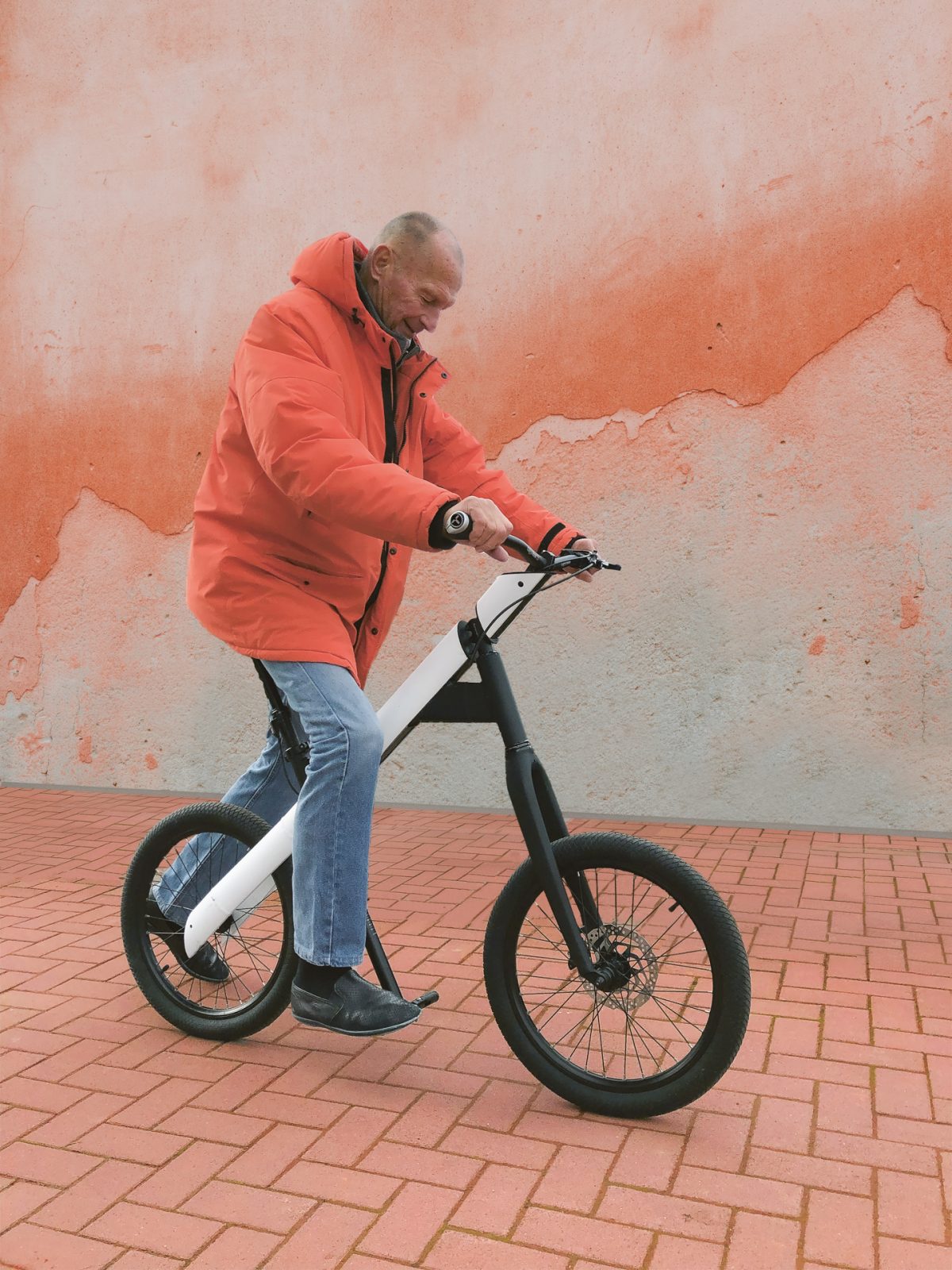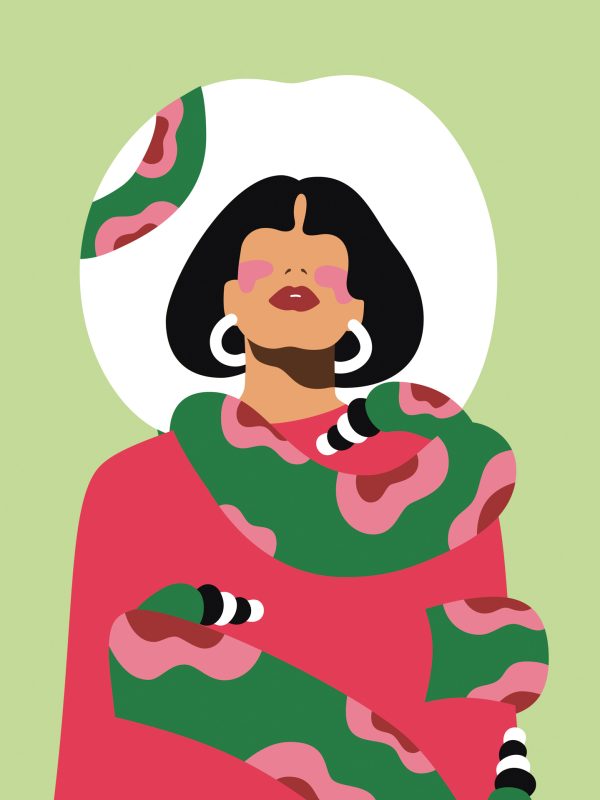
Enactive Design
In line with the call for human-centred design in which products are no longer designed from a technology-driven stance but from a human-centred one, this work examines the question pertaining to which human factors fundamentally influence the semantics of objects. Embodiment theory studies, which portray human cognition as anchored in sensorimotor functions, provide a basis for understanding the extent to which human movement and physicality influence the perception of objects.
Cognitive research assumed for a long time that the human body motor system only influences the development of the simplest operational models of objects. However, more recent findings have revealed that the motor system is also involved in the development of more complex metaphors and symbols and can be attributed to abstract thinking. Taking this finding as a starting point, the paper attempts to use the developmental psychological models of Piaget and Bruner to explore the significance of sensorimotor functions for the accessibility of virtual interfaces and the degree to which such cognitive models can be used for defining artefacts anew.
Lambdaläufer
Eventually, we are all confronted with the fact that our once natural range of motion is reduced by physical limitations. The reasons for this can relate to balance problems or chronic pain, or simply that riding a bicycle no longer feels safe in maturing years. Insecurity causes people to forego routes that were once easy to master. In addition, a lack of training leads to movement restrictions and ultimately to static walking aids such as walking frames becoming unavoidable in old age. Existing offers, however, are usually met with non-acceptance. Those affected often believe that their independence is being called into question. In fact, the entirely supportive function of these devices leads the users to increasing dependence instead of an upright posture and more independence.
As a sporty walking device, the Lambdaläufer closes the gap between bicycle and walking frame. As a supportive means of locomotion that can be used for daily routes, it provides the opportunity to train the walking muscles in a supported yet dynamic way. It aims to maintain or to once again be able to extend one’s own range of movement. The design draws on the concept of the first historical running machine by Karl Drais. Here, the mixture of rolling and running creates a very unique form of movement.




